Race and Housing Series: Racial Covenants
Twin Cities Habitat for Humanity has a longstanding relationship with Mapping Prejudice, a project based at the University of Minnesota libraries...
4 min read
 Blake MacKenzie
:
4:18 PM on October 16, 2019
Blake MacKenzie
:
4:18 PM on October 16, 2019
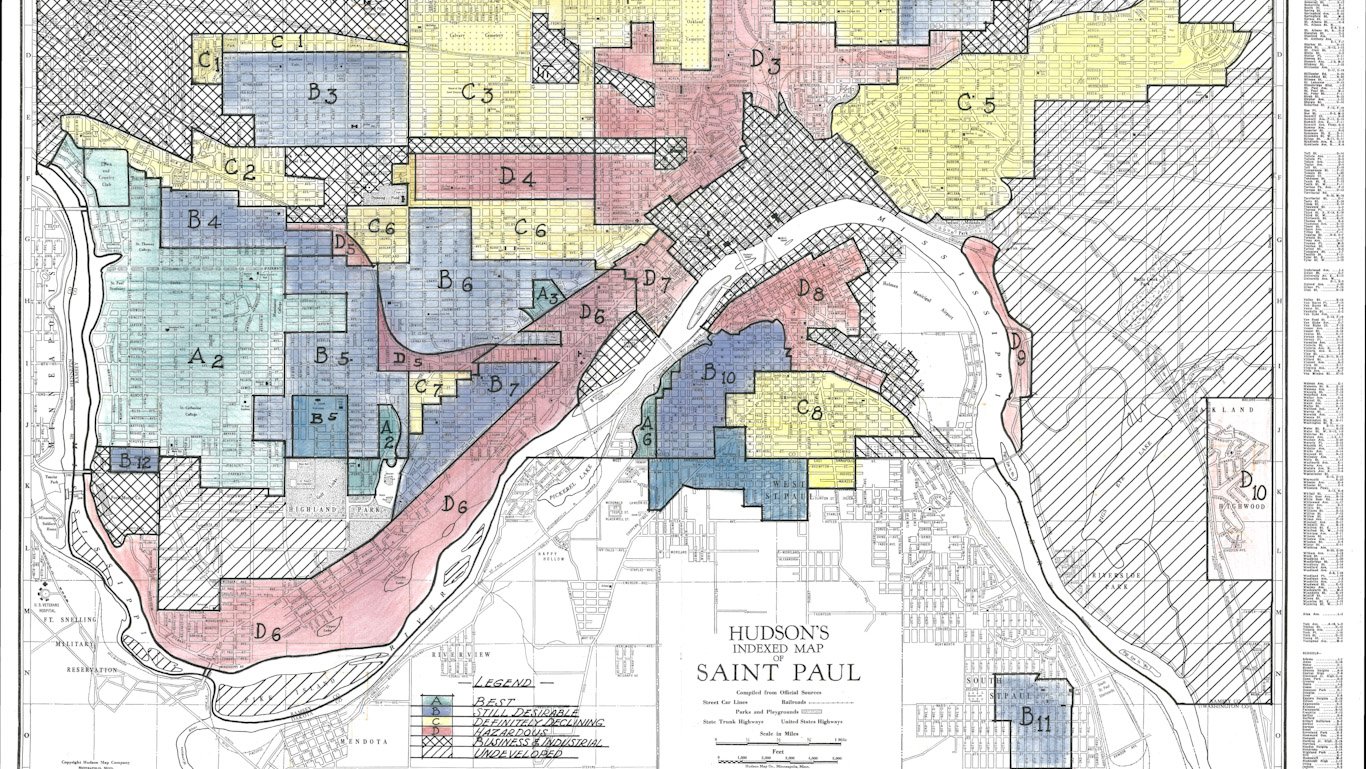
Twin Cities Habitat has a core value of Equity and Inclusion which states: “We promote racial equity and strive to increase diversity, inclusion, and cultural competency in all aspects of our organization.” We believe it’s important to learn from our national and local history of racist housing policies as we build for the future. This blog series explores the past, offers solutions for the future, and highlights ways you can take action.
When you think about government-instituted racial segregation, you might think about the South. You might think about buses and water fountains, separate schools and restaurants. You might not think about places like the Twin Cities. But, according to Richard Rothstein, you should.
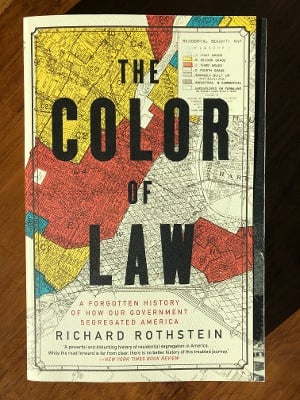
Richard Rothstein, author and historian, initially researched racial segregation in education in the 1990s and early 2000s. Why, he wondered, were our schools still so segregated decades after school segregation was struck down? He kept coming back to housing segregation: our schools are segregated because, all over the United States, our neighborhoods are segregated. He dived into that history. In his new book, The Color of Law: A Forgotten History of How Our Government Segregated America, Rothstein illuminates how the racial segregation of America was deliberately created through government programs and policies.
He starts by explaining the old thinking around racial segregation: schools and water fountains were racially segregated by the government (“de jure” segregation). Housing and neighborhoods, on the other hand, were thought to be racially segregated by private economic forces (“de facto” segregation).
“We don’t like today’s segregation, but we don’t feel like we can do anything about it,” Rothstein said while presenting at Habitat on the Hill – D.C. in February 2019. However, if it was revealed that federal and local governments did actually create this segregation, maybe we’d feel more compelled to do something.
Rothstein demonstrates that racially explicit policies were put in place by the government at the local, state, and federal levels all across the country. Beginning with the New Deal, government policies either cemented racial segregation where it existed (in the South) or created racial segregation where it mostly didn't yet exist (the Northeast, Midwest, and West).
During the Great Depression and through WWII, the United States was facing a housing crisis not unlike what we’re facing today. To combat this, President Franklin D. Roosevelt created a number of programs that, together, were called the “New Deal.” From The Color of Law:
“President Franklin D. Roosevelt’s New Deal created the nation’s first public housing for civilians who were not engaged in defense work. Race determined the program’s design. The administration constructed separate projects for African Americans, segregated buildings by race, or excluded African Americans entirely from developments.”
Almost every time housing was created from a New Deal plan, it was racially segregated. For example, worker housing for the popular Civilian Conservation Corps (CCC) was almost always segregated, even in the North and West. The Public Works Administration (PWA) was tasked with building public housing—and even when it built public housing in already integrated neighborhoods, it built segregated housing. Public housing for whites was often attractive and placed near amenities and workplaces, while public housing for African Americans was situated near industrial areas.
Around the same time, FDR created the Federal Housing Administration (FHA) to help more people buy homes. The FHA insured bank mortgages, essentially setting the standards for home loans. In its first Underwriting Manual in 1935, the FHA stated:
“If a neighborhood is to retain stability it is necessary that properties shall continue to be occupied by the same social and racial classes. A change in social or racial occupancy generally leads to instability and a reduction in values.”
If lenders wanted FHA insured mortgages, they had to follow this guidance. This led many lenders to use color-coded maps outlining the most and least desirable neighborhoods for lending. The “best neighborhoods” for lending were colored blue, and the “riskiest neighborhoods” for lending were colored red. This is where the term “redlining” came from (there were maps like these for the Twin Cities, too). Neighborhoods could be colored red simply because African Americans lived there or were moving into that area. These guidelines for discrimination remained in place for decades, effectively relegating African Americans to a few neighborhoods in each city with poorer loan prospects.
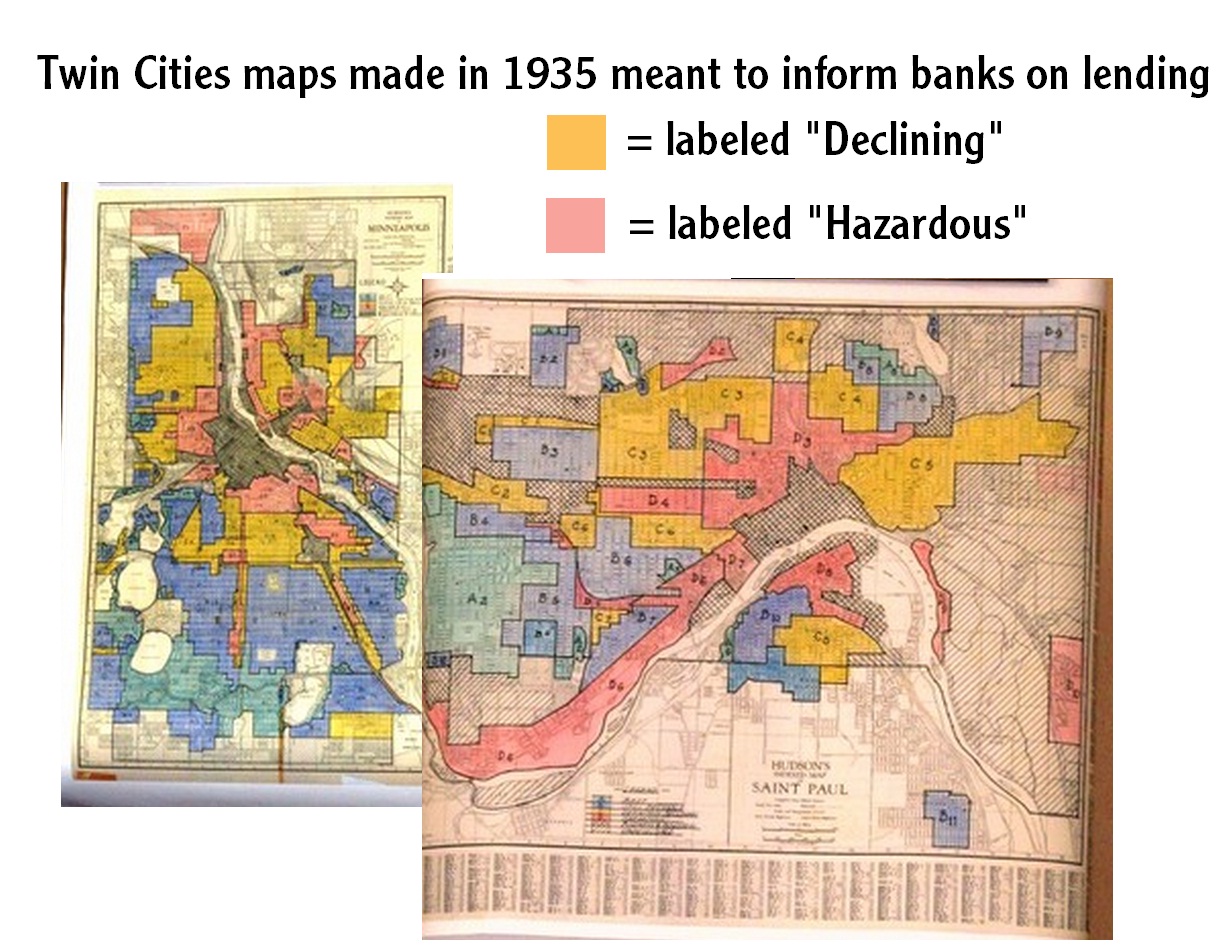
While the New Deal lifted millions out of poverty and into housing during a crisis point, unfortunately the segregation it created left millions of African Americans behind.
Many more federal and local policies also contributed to de jure racial segregation in housing. And these were all compounded by de facto segregation used by private entities and citizens. Areas that were redlined would also typically have fewer amenities, poorer funded schools, and more aggressive policing.
“We have an obligation to remedy this civil rights issue that overwhelms all the other civil rights issues 60, 70 years ago,” Richard Rothstein implores. Especially when we consider the fact that we, through the government, created the racial segregation we see today—even right here in Minnesota.
At Twin Cities Habitat, we believe everyone deserves a stable, affordable place to live. If we’re going to make our vision a reality, we need to start by acknowledging the hard truths from our past and learn from them to prevent racial segregation going forward.
A good first step is education. Sign up to receive our blog notifications to your inbox, and you’ll be the first to see when more blogs in this series are released.
You can also pick up a book and do some further reading. Here are a few books either written or recommended by Richard Rothstein:
And here are a few documentaries about racism and housing:
References:
Robert K. Nelson, LaDale Winling, Richard Marciano, Nathan Connolly, et al., “Mapping Inequality,” American Panorama, ed. Robert K. Nelson and Edward L. Ayers, accessed October 16, 2019, https://dsl.richmond.edu/panorama/redlining/
Rothstein, Richard. The Color of Law: a Forgotten History of How Our Government Segregated America. New York: Liveright Publishing Corporation, a division of W.W. Norton & Company, 2018.
Your gift unlocks bright futures! Donate now to create, preserve, and promote affordable homeownership in the Twin Cities.
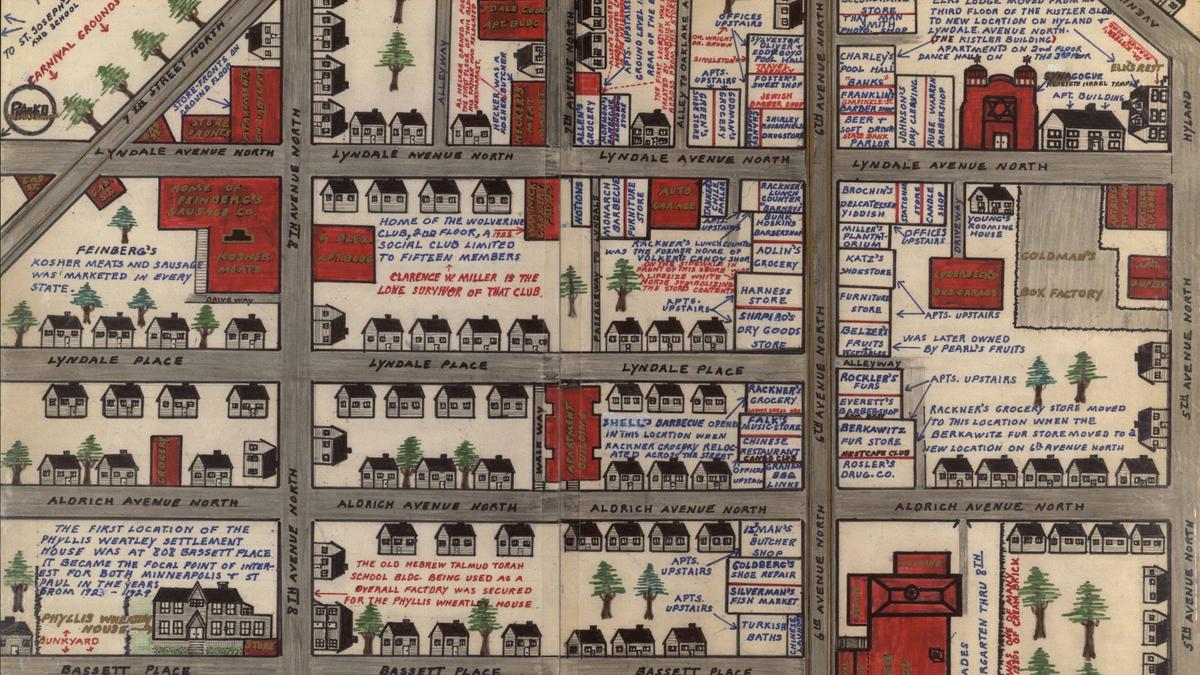
Twin Cities Habitat for Humanity has a longstanding relationship with Mapping Prejudice, a project based at the University of Minnesota libraries...
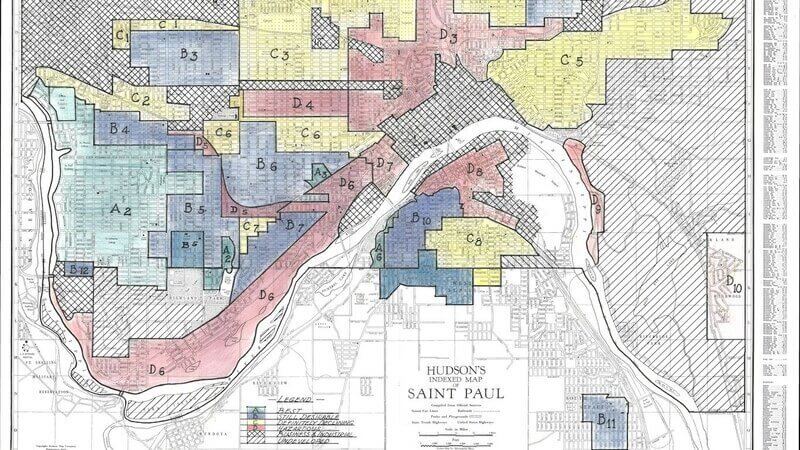
Written by Greta Gaetz and Kaitlyn Dormer.

Twin Cities Habitat has a core valueof Equity and Inclusion which states: “We promote racial equity and strive to increase diversity, inclusion, and...